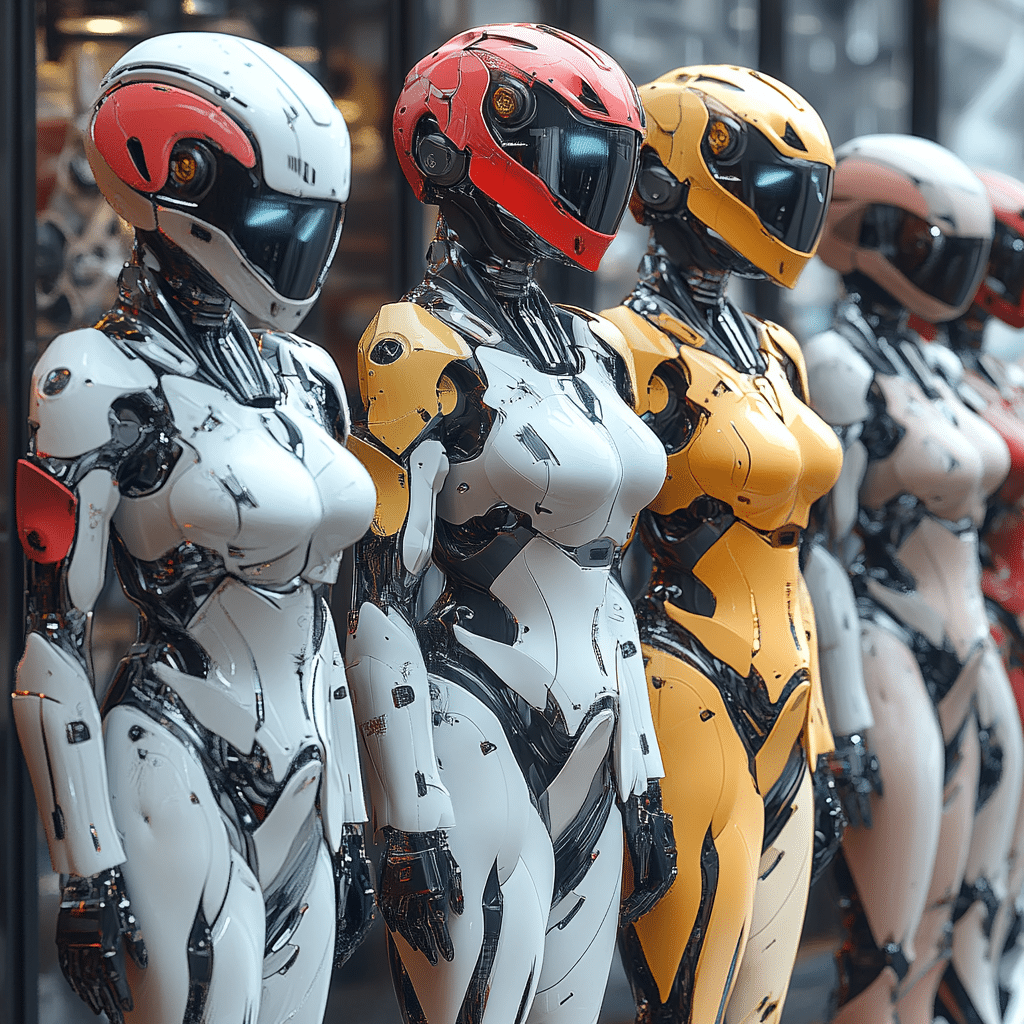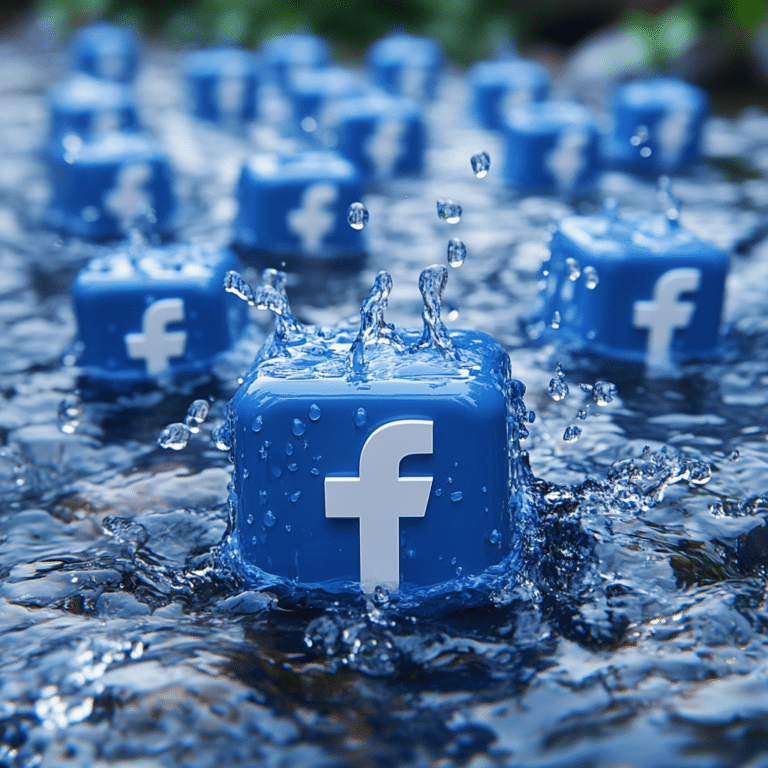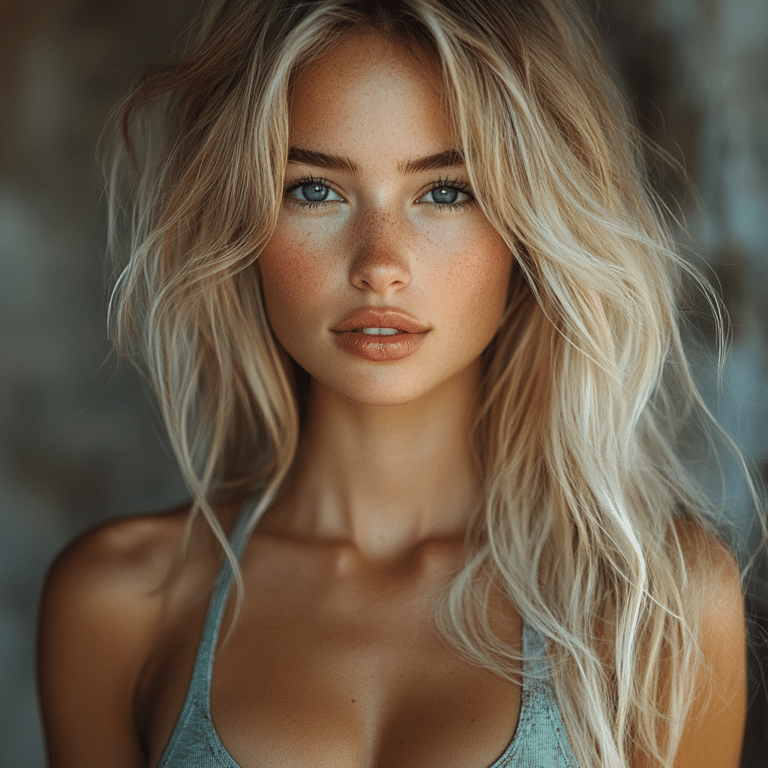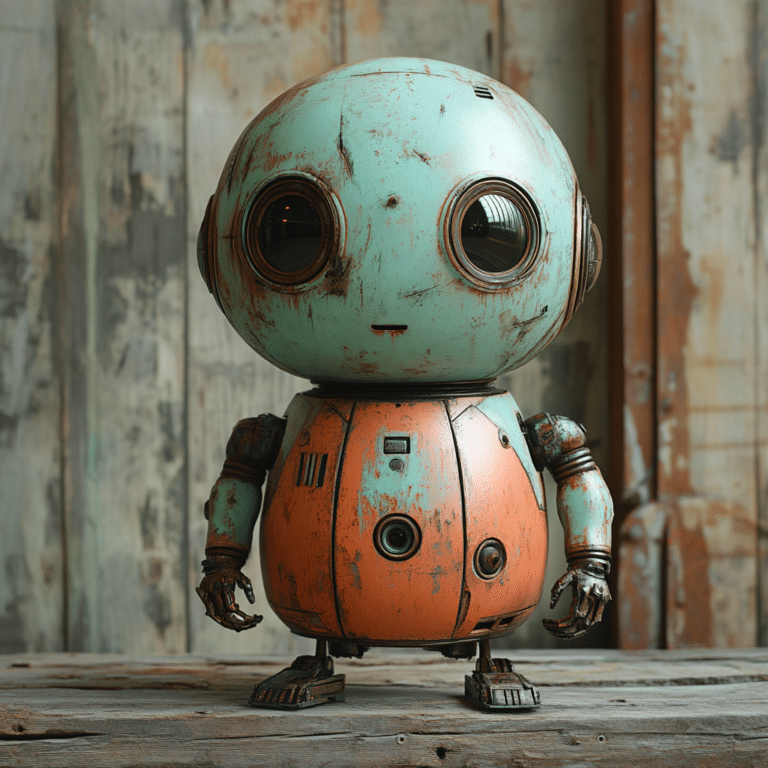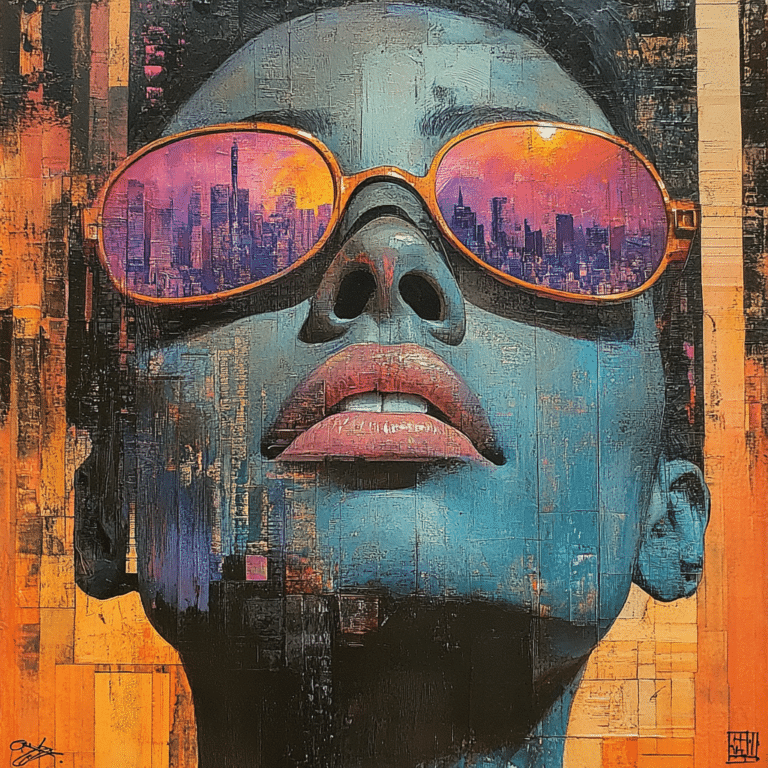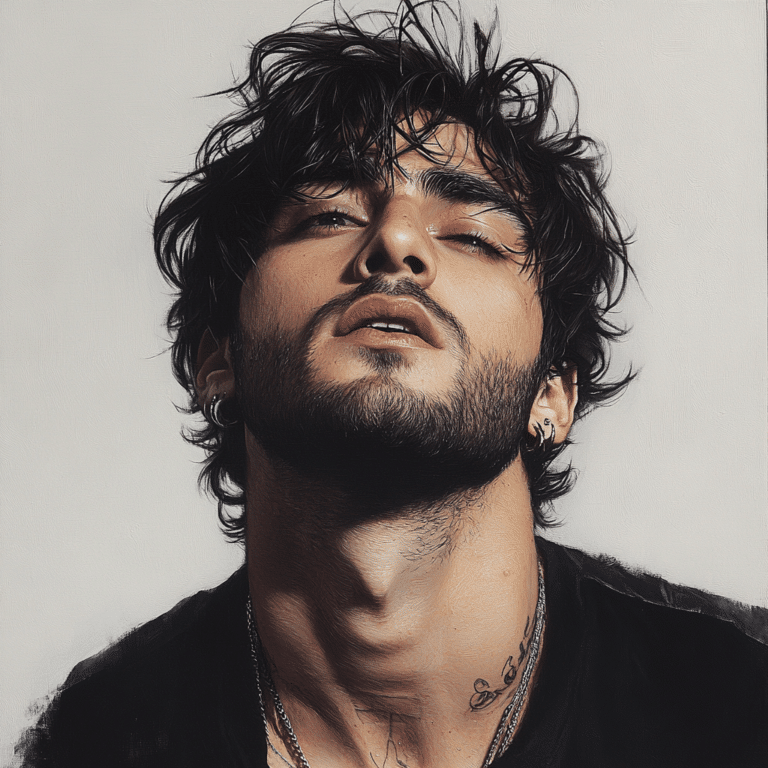The introduction of artificial intelligence undressing technology has raised chilling questions in modern society. With the ability to generate hyper-realistic images that depict individuals in various states of undress, this advancement presents a Pandora’s box of ethical and legal challenges. We’re not talking about harmless fun; we’re diving into a murky world of privacy invasions, intellectual property disputes, and exploitation. This is an issue that conservatives must take seriously as we navigate this turbulent digital age, ensuring that our principles of personal integrity and individual rights are upheld.
In an age where consent has become paramount — think of the Me Too movement and the push for ethical standards — the implications of artificial intelligence undressing technologies are debilitating. As the lines between reality and fabrication blur, we must seriously consider how these technologies can be weaponized against individuals. It’s not just tech talk; it’s about personal lives hanging in the balance and protecting our justified, conservative values.
The Implications of Artificial Intelligence Undressing in Modern Society
Artificial intelligence undressing is more than just a technological advancement; it’s a societal earthquake. As society embraces these advancements, we must also understand the repercussions that follow. At their core, these issues strike at the heart of traditional beliefs about privacy, autonomy, and respect. Not only should we be alarmed by the potential for misuse, but we must also highlight the severe emotional and psychological toll it can take on individuals whose images may end up in a scandalous light against their will.
The technology poses a serious threat not just to celebrities but to everyday people as well. The likelihood of exposure without consent can lead to devastating personal consequences. It’s time to rally our voices, to advocate for stricter regulations, and to ensure that this technology does not spiral out of control before it’s too late.
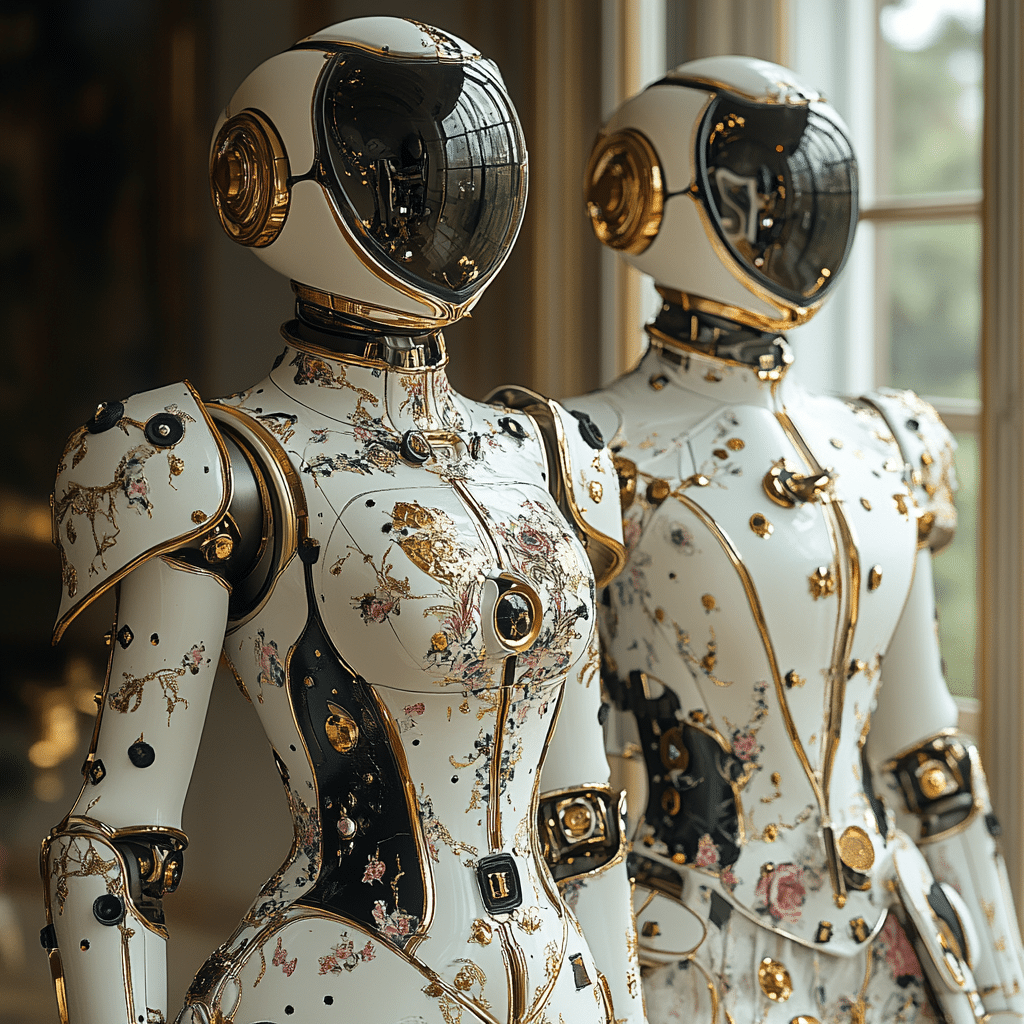
7 Major Legal Concerns Surrounding Artificial Intelligence Undressing
A concerning range of legal issues arises from artificial intelligence undressing technologies. We must dissect these matters if we wish to pave the way for constructive conversations amongst our communities. Here are seven major legal concerns that cannot be overlooked:
Imagine waking up to find your likeness depicted inappropriately across the internet. That’s the reality for many affected by these technologies. Programs like D-ID are at the forefront, producing hyper-realistic images that can represent individuals without their consent. This kind of privacy invasion doesn’t just infringe on personal rights; it can ruin reputations overnight and devastate lives.
Take actress Scarlett Johansson as a prime example. She’s battled various unauthorized imagery, showcasing how artificial intelligence undressing can interlace with intellectual property law. Who owns the rights to a digitally altered image? Figuring that out is crucial as more people face unwarranted representation.
With great technology comes great responsibility — a sentiment poorly echoed by trolls and bullies. Instances where celebrities like Emma Watson have been targeted by malicious deepfake technologies reveal how artificial intelligence undressing can become a tool for harassment. Calls for legislative action have surged to combat this increasing harassment.
Perhaps nowhere is the threat more severe than when minors are involved. Technological advancements must not permit a space for exploitation, especially regarding images of children. The concerns surrounding platforms like TikTok demonstrate the urgent need for implementing safety measures protecting innocent youth from the vile misuse of artificial intelligence undressing tech.
The potential for false identities complicates already complex issues of defamation and fraud. The misuse of this technology in impersonating prominent figures like Kevin Hart shows a troubling trend, emphasizing our duty to address the ramifications of digital identity theft.
Current laws struggle to keep pace with these rapid advancements. As seen in the European Union’s Artificial Intelligence Act, there’s an urgent need for regulations that specifically target the unique challenges artificial intelligence undressing technologies present. Without appropriate laws, we find ourselves scrambling to protect individual rights.
In a modern world where consent is a buzzword, it’s alarming that many individuals’ images are utilized without their explicit approval. A ticking ethical time bomb looms as regulators and developers face an uphill battle in establishing practices that prioritize personal autonomy in their tech developments.
The Path Forward: Navigating a New Legal Landscape
The challenge before us is not inconsequential. With the rise of artificial intelligence undressing technologies comes a pressing need for well-structured legal frameworks and ethical guidelines. Collaboration among tech developers, lawmakers, and civil society advocates is paramount. We need laws that protect individual rights while fostering innovation within the tech sector, and this can only happen if we stand together in our advocacy.
Steps to consider include clarifying consent laws, implementing stronger copyright protections, and ensuring effective regulatory measures against cyberbullying and harassment. As we move deeper into our digital age, our conversation around artificial intelligence undressing should also encompass discussions about personal autonomy and ethical integrity within our societal fabric.
In conclusion, as we face the challenging implications of this technology, let us advocate loudly for the values we hold dear: personal sovereignty, integrity, and respect for all individuals. History often echoes our choices. By fostering discussion and action, we can navigate these digital waters and emerge stronger. The path forward requires vigilance and a commitment to ensuring these emerging technologies serve us, not the other way around. We owe it to ourselves and our society to act decisively against this infringement of personal rights.
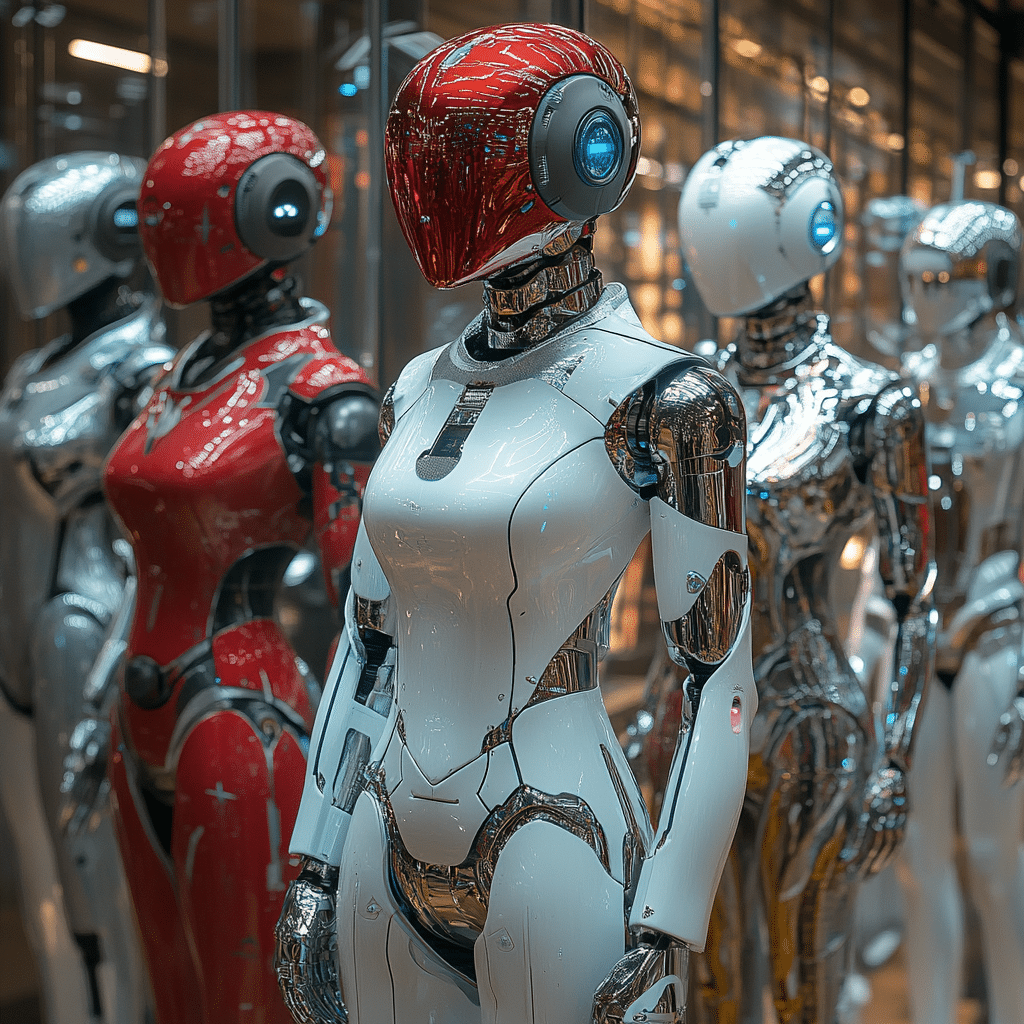
Artificial Intelligence Undressing: A World of Legal Complexity
The Rise of AI Capabilities
When we talk about artificial intelligence undressing, we dive into a fascinating yet contentious area of technology that is reshaping how we think about privacy and consent. Just imagine AI programs analyzing images faster than we can say Caister on sea! As cool as it sounds, this tech raises eyebrows about who owns the rights to such images and the implications for individuals’ privacy (like fans worried about Wwe The Rock). With the rapid advancements in this field, it’s easy to overlook that not all progress is straightforward, much like the challenges of finding a sponsor in a sea of options.
Legal Implications and Ethical Concerns
As AI continues its relentless development, the legal ramifications of artificial intelligence undressing come into sharper focus. There’s a nagging fear of misuse, especially as AI can easily distort reality – something akin to the hilarity found in can I pet That dog original. While it may seem like a harmless venture, the potential for digital exploitation looms large. Moreover, it could lead to court cases reminiscent of the debates surrounding the Trump 14th Amendment, where the boundaries of law and technology clash. It’s a brave new world out there!
Fun Facts That Make You Think
Did you ever realize that technologies like those used in artificial intelligence undressing could be seen as modern versions of old-school creativity? Consider how Phantasy Star online made waves in the gaming community. AI is essentially the digital equivalent – taking something iconic and infusing it with the power of technology. And speaking of infusion, who would’ve thought that folks could turn to something akin to Starkylol for humor in this tech-heavy conversation? The blend of entertainment with serious themes keeps the dialogue lively. In the balance of technology and ethics, let’s keep the conversation rolling!
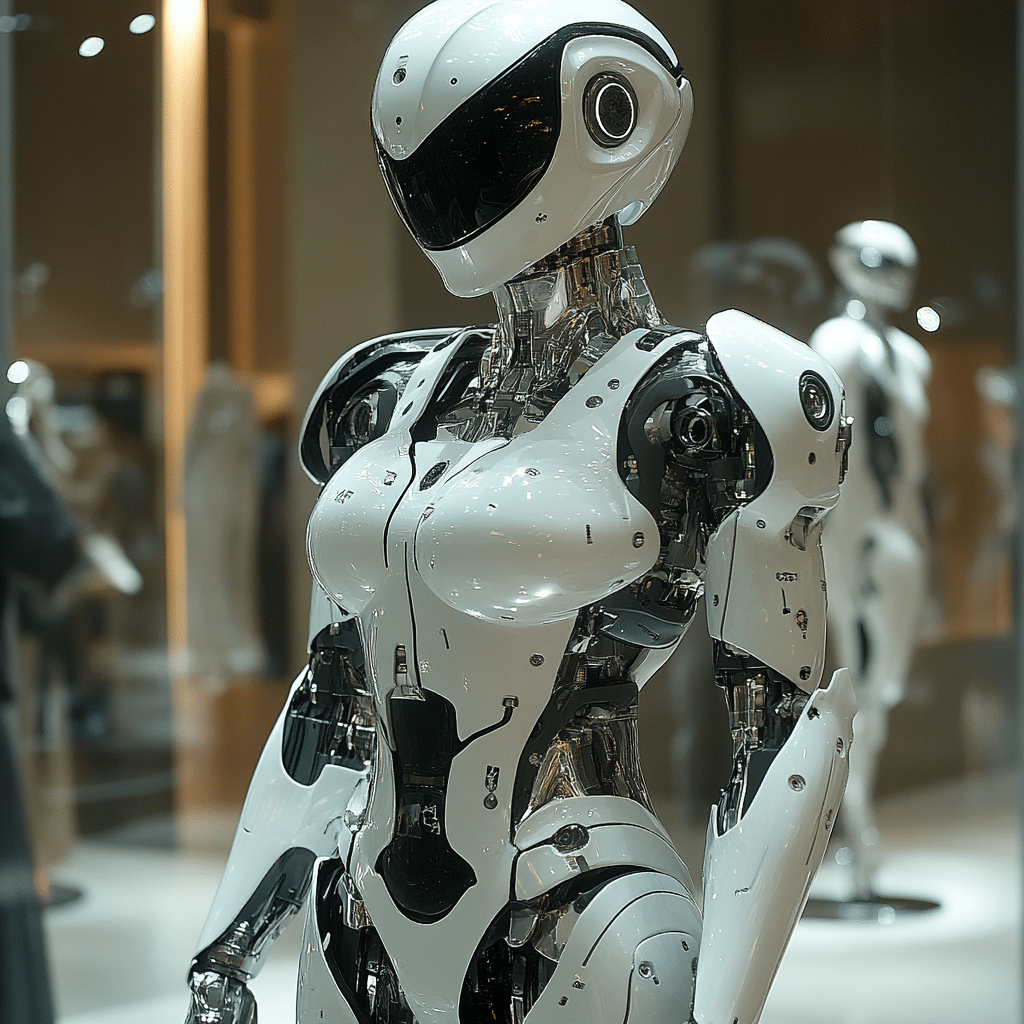
What is an AI that can undress you?
Undress AI is a type of software that uses artificial intelligence to digitally remove clothing from individuals in images, creating a visual that suggests nudity even though it’s not real.
Is it safe to use undress AI?
Using undress AI can be risky, as it can lead to privacy violations, emotional distress, and legal issues, especially since many of these tools operate in a gray area of the law.
What is the problem with undress AI?
The main problems with undress AI include potential violations of revenge pornography and deepfake laws, as well as causing harm to individuals who are depicted in manipulated images without their consent.
Could AI wipe out humans?
There’s a lot of debate about whether AI could threaten humanity, but most experts agree that while AI can be powerful, the actual risk of it wiping out humans is more science fiction than reality.
What is similar to the Undress app?
Apps similar to Undress AI typically involve graphic manipulation or alteration of images, particularly those that involve nudity or body exposure, often with controversial implications.
Can you get in trouble for using AI?
Yes, using AI tools like undress AI can land you in legal trouble, especially if they violate laws on privacy, consent, and explicit content.
How serious is the danger of AI?
The danger of AI is taken seriously, as it can lead to misuse in various forms such as cyberbullying, misinformation, and exploitation, even though AI technology itself isn’t inherently harmful.
What is cloth off?
Cloth Off is another term thrown around for tools that use AI to manipulate clothing in images, though specific details may vary from one application to another.
What are the dangers of AI photo?
The dangers of AI photo manipulation include invasion of privacy, emotional harm to individuals, and the potential for spreading misinformation or malicious content without consent.
What is the controversy behind AI?
The controversy surrounding AI mainly centers on ethical concerns about privacy, consent, and the potential harms these technologies can enable when misused.
What is the controversy with AI photo app?
AI photo apps often stir up controversy due to their capabilities to create misleading or harmful images, particularly with deepfakes that can damage reputations or spread false narratives.
What is the AI photo thing everyone is using?
The AI photo trend that’s getting a lot of buzz usually refers to tools that can alter images dramatically, whether by enhancing features or creating entirely new visuals using machine learning.
Are AI detectors a thing?
Yes, AI detectors do exist and are designed to recognize AI-generated content, aiming to help users differentiate between real and manipulated media.
Can AI bring physical harm?
While AI itself may not cause physical harm directly, its misuse or overly aggressive implementation in certain sectors could lead to unintended consequences that might be dangerous.
What is the best AI remover?
The best AI remover is subjective, as it depends on the specific needs of the user, but tools like various image editing software and applications are commonly considered top choices for different types of editing.

